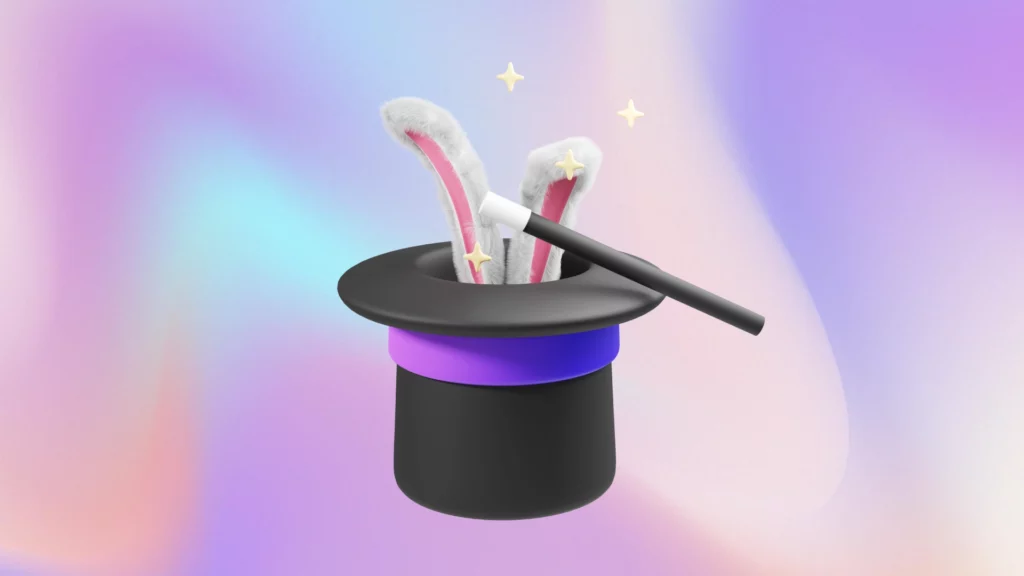Simplifying Styles with CSS Variables
A Web Designer’s Best Friend
Let’s face it: managing CSS values can sometimes feel like you’re caught in a maze of repeated attributes, especially when you’re working without a supportive library. And heavens above! Talk about a daunting task when you need to change a single attribute across an entire website.
But wait, there’s hope! Enter the savior of your sanity: CSS variables. By using these nifty variables, you’ll save oodles of time, as changing a value once will automatically reflect wherever it’s been used. Like a scene from a fairytale!
Now, you’re probably thinking, “Alright, you’ve piqued my interest. But how does it work?”

Discovering the Magic of var()
The Mechanism Behind CSS Variables
First things first: CSS variables can be global or local in scope. So, how do you create a variable? Simple! You declare it within the :root selector.
For instance, let’s declare two global variables, --blue and --white. Afterward, we’ll use the var() function to insert the variable values later in the style sheet:
:root {
--blue: #1e90ff;
--white: #ffffff;
}
.container {
color: var(--blue);
background-color: var(--white);
}And voila! Your color and background color are set, just like that!
Counting the Blessings: The Advantages of Using var()
So why use var()? Well, here are the three main benefits:
- It makes your code easier to read (and who doesn’t appreciate clarity, right?).
- It makes adjusting design elements, such as colors, fonts, and padding values, effortless.
- It ensures consistency across your website.
With var(), if you decide on a branding change, you only have to modify the variable value, ensuring that the change is uniformly reflected everywhere without missing a spot. Want to shift from a vibrant blue and white to something softer? Consider it done! You only need to change the variable values:
:root {
--blue: #6495ed;
--white: #faf0e6;
}The magic of CSS variables ensures that these new values update across all HTML elements where they’re used, showcasing web design efficiency at its finest!
Embrace CSS Variables for a Streamlined Web Design Experience
Let’s wrap it up: CSS variables are a must-have for web designers. They offer a streamlined, efficient way to manage and manipulate your CSS values. Whether you’re a CSS novice or a seasoned pro, adopting variables into your toolbox can significantly enhance your web design workflow.
FAQs
- Can CSS variables be used with any CSS property?
Yes! CSS variables can be used with any CSS property, making them an incredibly flexible tool in your web design toolkit. - Can CSS variables be used across different style sheets?
Absolutely! As long as the style sheets are part of the same web page, CSS variables can work their magic across them all. - Are CSS variables supported by all browsers?
Most modern browsers support CSS variables. However, it’s always good practice to check compatibility to ensure your website looks its best across all platforms.
Interested in more CSS mastery? Check out another one of our handy #bitstips articles: CSS nth-child Made Easy. A wealth of knowledge ready to be tapped awaits you!



